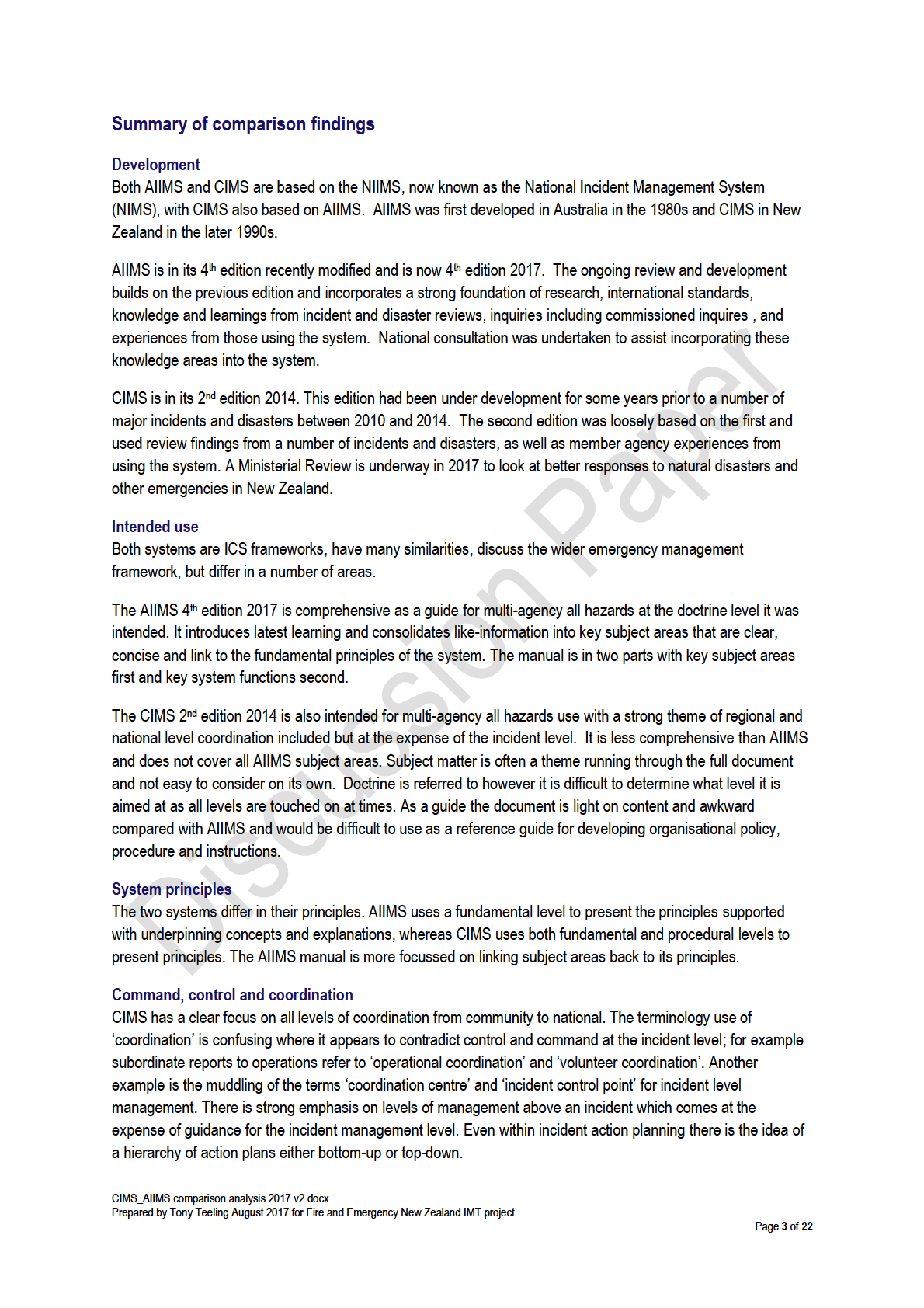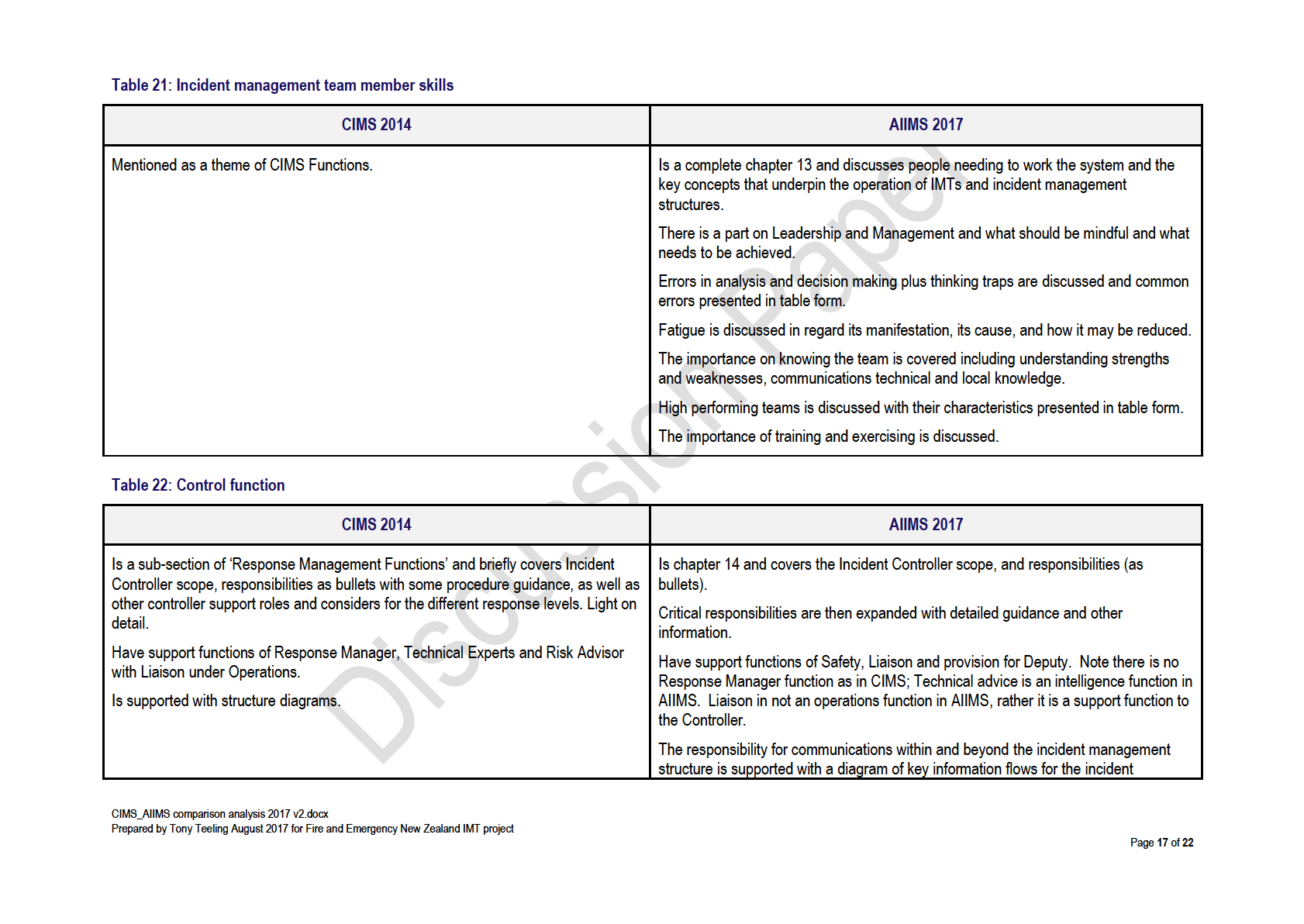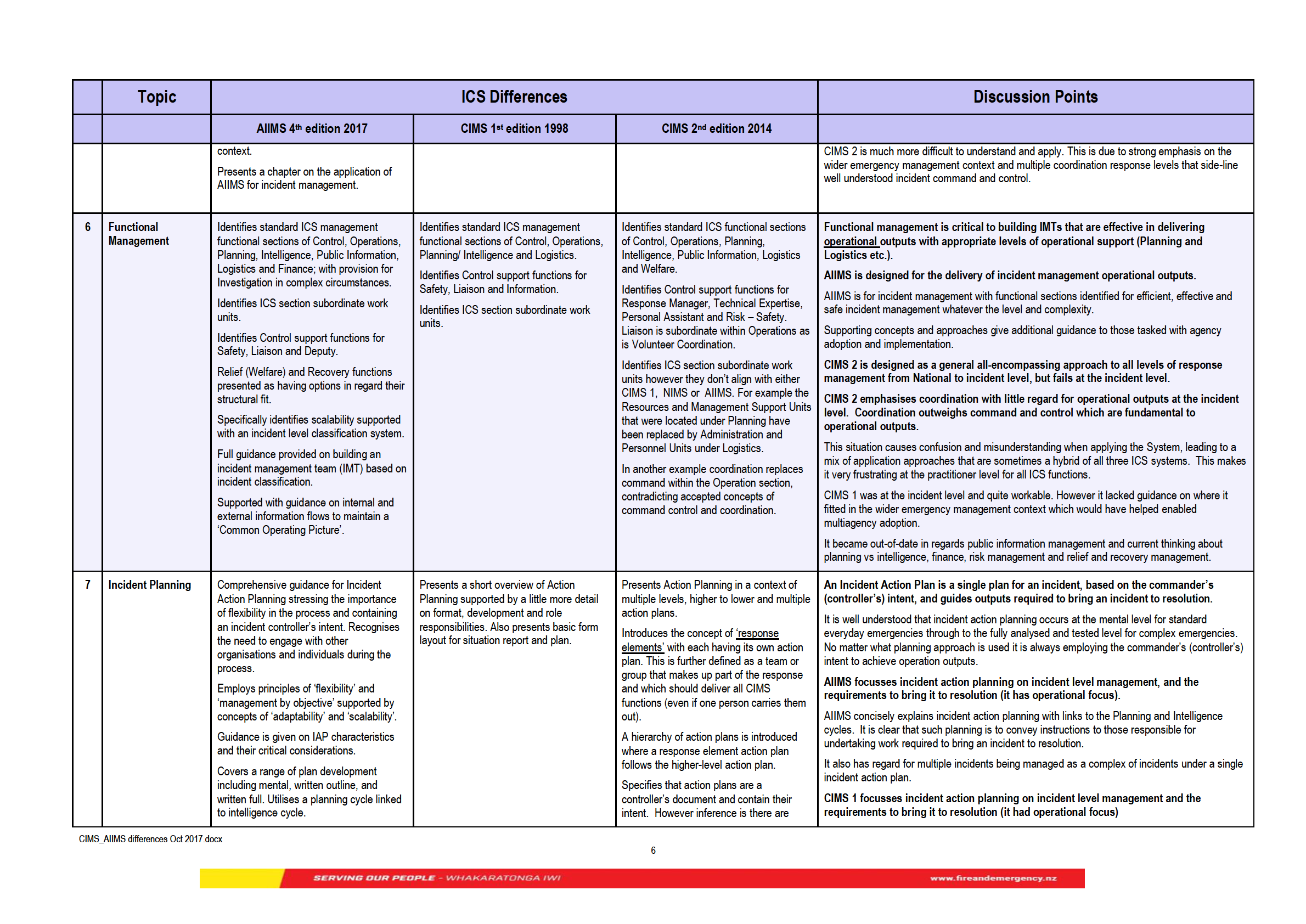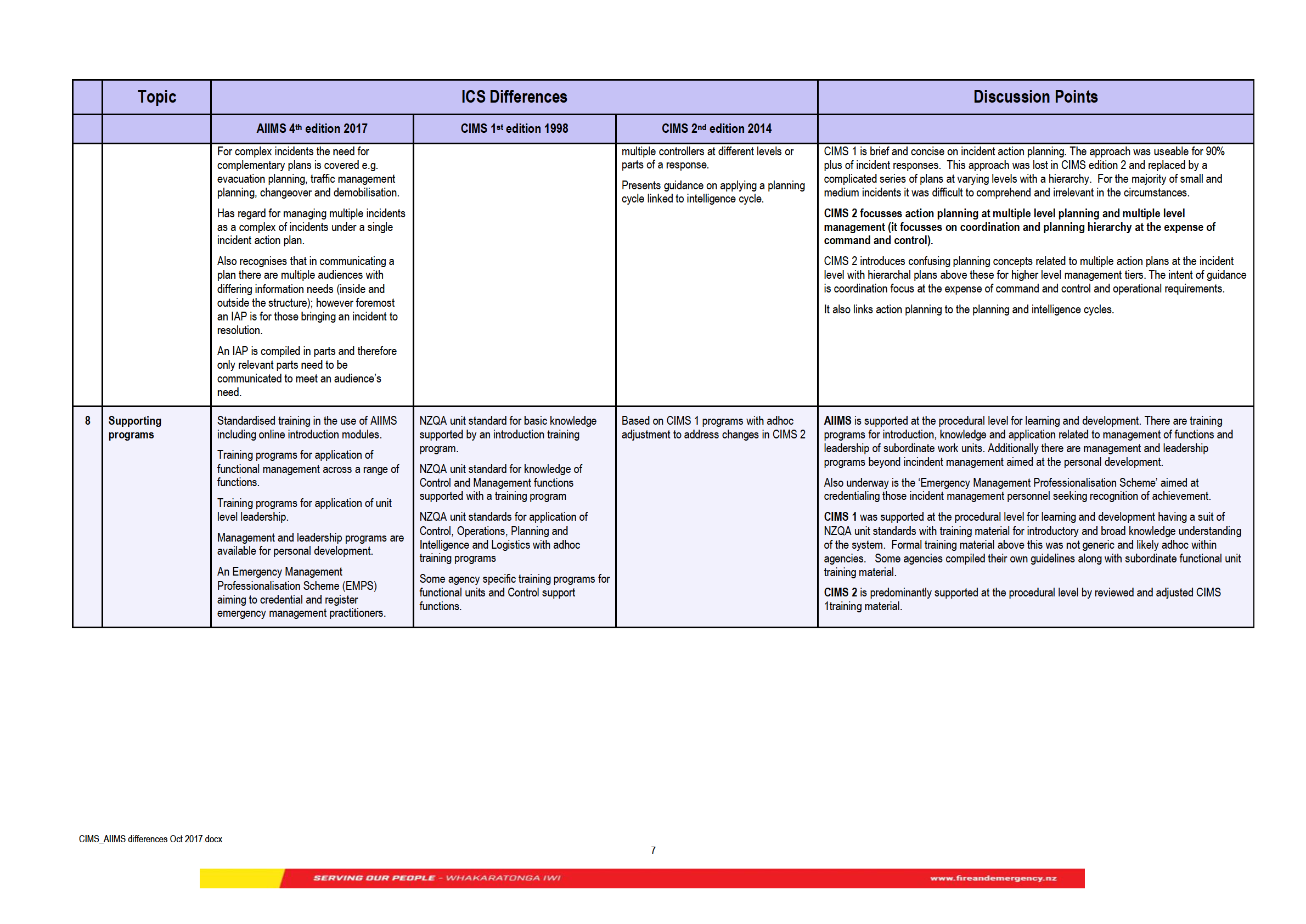
Released
under
the Official
Information
Act 1982

Released
under
the Official
Information
Act 1982

Released
under
the Official
Information
Act 1982

Released
under
the Official
Information
Act 1982

Released
under
the Official
Information
Act 1982
link to page 7 link to page 8 link to page 8 link to page 9 link to page 9 link to page 10 link to page 10 link to page 11 link to page 11 link to page 11 link to page 12 link to page 12 link to page 13 link to page 13 link to page 14 link to page 14 link to page 15 link to page 15 link to page 16 link to page 16 link to page 17 link to page 17 link to page 18 link to page 18 link to page 19 link to page 19 link to page 20 link to page 20 link to page 21 link to page 21 link to page 21

Released
under
the Official
Information
Act 1982

Released
under
the Official
Information
Act 1982

Released
under
the Official
Information
Act 1982

Released
under
the Official
Information
Act 1982

Released
under
the Official
Information
Act 1982

Released
under
the Official
Information
Act 1982

Released
under
the Official
Information
Act 1982

Released
under
the Official
Information
Act 1982

Released
under
the Official
Information
Act 1982

Released
under
the Official
Information
Act 1982

Released
under
the Official
Information
Act 1982

Released
under
the Official
Information
Act 1982

Released
under
the Official
Information
Act 1982

Released
under
the Official
Information
Act 1982

Released
under
the Official
Information
Act 1982

Released
under
the Official
Information
Act 1982

Released
under
the Official
Information
Act 1982

Released
under
the Official
Information
Act 1982

Left blank
Released
under
the Official
Information
Act 1982
CIMS_AI MS dif erences Oct 2017.docx
2
 Purpose
Purpose
To identify the differences between the Coordinated Incident Management System (CIMS) 1st edition 1998, and
2nd edition 2014, and the Australasian Inter-Service Incident Management System (AIIMS) 4th edition 2017, for
briefing and discussion purposes.
Approach
Released
The analysis was completed to identify key system differences in the context of agency adoption,
implementation, and more specifically operational and planning aspects and their relevance to the majority of
incident responses.
Each System’s manual was consulted for detail along with an earlier comparison paper completed in August
2017. Knowledge of incident command systems (ICS) application and anecdotal information were also used.
System references to governmental frameworks and legislative requirements were not included in the analysis.
Application under
The paper has been prepared as a reference document for use when discussing or briefing the subject of ICS in
New Zealand. Information is presented in table form as eight themes or topic headings, with information on each
of the three ICS presented, followed by highlighted discussion points and summary support information for quick
reference. The following abbreviations have been made in the analysis section;
the
1) CIMS 1 – has the meaning CIMS 1st edition 1998
2) CIMS 2 – has the meaning CIMS 2nd edition 2014
Official
3) AIIMS – has the meaning AIIMS 4th edition 2017
Summary
AIIMS and CIMS are both incident command systems. CIMS 1 is very brief but aligns with AIIMS, however CIMS
2 and AIIMS are poles apart in some key areas.
AIIMS is intended for incident level management, including those that are complex, and focusses on incident
Information
management and operational outcomes for that level. It presents guidance in a concise and succinct way for
incident management and functional management requirements.
CIMS 2 tries to incorporate a more encompassing emergency management framework resulting in it being
irrelevant or unusable for the majority of incident responses. There is a distinct disconnect with incident level
management which is manifested in the strong emphasis on coordination with little credence given to command
and control.
CIMS 2 loses the focus on operation outcomes in its quest for effective coordination. Further, its guidance in
regard incident action planning introduces themes of multiple action plans and multiple management levels in a
Act
hierarchal way. This is not the approach needed for the majority of incident responses, and significantly reduces
its relevance for operational personnel.
1982
Prepared by
Date: 10th October 2017
CIMS_AI MS dif erences Oct 2017.docx
3

Released
under
the Official
Information
Act 1982

Released
under
the Official
Information
Act 1982

Released
under
the Official
Information
Act 1982

Released
under
the Official
Information
Act 1982
ICS Functional Position - Crosswalk (Overhead Personnel)
20-Jul-15
Released
Canada - ICS
USA - NI MS (ICS)
Australia - AI MS
New Zealand - CIMS (updated 2016)
South Africa - ICS
Mexico - ICS
Incident Commander - T1
Incident Commander - T1
Incident Controller - Level 3
Incident Controller - Level 3
Incident Commander - T1
Incident Commander
Incident Commander - T2
Incident Commander - T2
Incident Controller - Level 2
Incident Controller - Level 2
Incident Commander - T2
(not typed individual y, typed by Team Type
Incident Commander - T3
Incident Commander - T3
Incident Controller - Level 1
Incident Controller - Level 1
Incident Commander - T3
assignment)
Safety Officer - T1 (with Stop Work Authority)
Safety Officer - T1 (with Stop Work Authority)
Safety Officer - T1
Safety Advisor
Safety Officer
Safety Officer - T2 (with Stop Work Authority)
Safety Officer - T2 (with Stop Work Authority)
Safety Officer - T2
Safety Officer
(IC only has Stop Work Authority)
(IC only has Stop Work Authority)
Safety Officer - T3 (with Stop Work Authority)
Safety Officer - T3 (with Stop Work Authority)
Safety Officer - T3
Information Officer - T1
Public Information Officer - T1
Information Officer - T1
Information Officer - T2
Public Information Officer - T2
Information Officer (reports to Plans)
Information Officer / PIM
Information Officer - T2
Information Officer
Information Officer - T3
Public Information Officer - T3
Information Officer - T3
Liaison Officer
Liaison Officer
Field Liaison
Liaison Officer
Liaison Officer
Liaison Officer
Operations Section Chief - T1
Operations Section Chief - T1
Operations Officer - Level 3
Operations Manager - Level 3
Operations Section Chief - T1
Operations Section Chief
Operations Section Chief - T2
Operations Section Chief - T2
Operations Officer - Level 2
Operations Manager - Level 2
Operations Section Chief - T2
(not typed individual y, typed by Team Type
Operations Section Chief - T3
Operations Section Chief - T3
Operations Officer - Level 1
Operations Manager - Level 1
Operations Section Chief - T3
assignment)
under
Staging Area Manager
Staging Area Manager
Staging Area Manager
Staging Area Manager
Staging Area Manager
Staging Area Manager
Operations Branch Director
Operations Branch Director
Divisional Commander
Divisional Commander
Operations Branch Director
Operations Branch Director
Division Supervisor
Division Supervisor
Sector Commander
Sector Supervisor
Division Supervisor
Division Supervisor
Task Force Leader
Task Force Leader
Task Force Leader
Task Force Leader
Task Force Leader
Task Force Leader
Strike Team Leader
Strike Team Leader
Strike Team Leader
Strike Team Leader (Leads upto 5 FF crews)
Strike Team Leader
Strike Team Leader
Air Operations Branch Director
Air Operations Branch Director
Air Operations Manager
Air Operations Commander
Air Operations Branch Director
Air Operations Branch Director
Air Tactical Group Supervisor
Air Tactical Group Supervisor
Tactical Group - Air Attack Supervisor
Air Attack Supervisor
Air Tactical Group Supervisor
Area Coordinator - Helicopters only
Air Support Group Supervisor
Air Support Group Supervisor
Support Group - Aircraft Officer
Air Support Supervisor
Air Support Group Supervisor
Air Support Group Supervisor
Helibase Manager
Helibase Manager
Helibase Manager
Helibase Manager
Helibase Manager
Helibase Manager
Helicopter Coordinator
Tactical Group - Air Attack Supervisor
Air Attack Supervisor
Air Tactical Group Supervisor
Area Coordinator - Helicopters
the
Ignition Specialist
Burn OIC (Officer in Charge) PUAFIR407B
Burn Specialist - PUAFIR407B
Ignition Specialist
Not Used
Plans Section Chief - T1
Plans Section Chief - T1
Plans Officer - Level 3
Planning and Intel igence Manager - Level 3
Plans Section Chief - T1
Plans Section Chief
Plans Section Chief - T2
Plans Section Chief - T2
Plans Officer - Level 2
Planning and Intel igence Manager - Level 2
Plans Section Chief - T2
(not typed individual y, typed by Team Type
Plans Section Chief - T3
Plans Section Chief - T3
Plans Officer - Level 1
Planning and Intel igence Manager - Level 1
Plans Section Chief - T3
assignment)
Resources Officer - Level 3
Official
Resource Unit Leader
Resource Unit Leader
Resources Officer - Level 2
Resource Unit Leader
Resource Unit Leader
Resource Unit Leader
Management Support Officer - Level 1
Situation Officer - Level 3
Situation Unit Leader
Situation Unit Leader
Situation Unit Leader
Situation Officer - Level 2
Situation Unit Leader
Situation Unit Leader
Management Support - Level 1
Information/Intel igence Unit Leader
Documentation Unit Leader
Documentation Unit Leader
Management Support - Level 1
Management Support Unit Leader
Documentation Unit Leader
Not defined as Units - function is assigned as needed by
Demobilization Unit Leader
Demobilization Unit Leader
Not used - function of the RESL
Not used - function of the Resource Unit Leader
Demobilization Unit Leader
Plans Chief
Fire Behaviour Analyst
Fire Behaviour Analyst
Fire Behaviour Analyst
Fire Behaviour Analyst
Fire Behaviour Analyst
Technical Specialist (FBAN not used normal y)
Logistics Section Chief - T1
Logistics Section Chief - T1
Logistics Support Officer - Level 1
Logistics Manager - Level 3
Logistics Section Chief - T1
Logistics Section Chief
Logistics Section Chief - T2
Logistics Section Chief - T2
Logistcs Officer - Level 2
Logistics Manager - Level 2
Logistics Section Chief - T2
(not typed individual y, typed by Team Type
Logistics Section Chief - T3
Logistics Section Chief - T3
Logistcs Officer - Level 3
Logistics Manager - Level 1
Logistics Section Chief - T3
assignment)
Information
Support Branch Director
Support Branch Director
not used
not used
Support Branch Director
Support Branch Director
Service Branch Director
Service Branch Director
not used
not used
Service Branch Director
Service Branch Director
Communication Unit Leader
Communication Unit Leader
Communications Planning
Communication Unit Leader
Communication Unit Leader
Communication Unit Leader
Medical Unit Leader
Medical Unit Leader
Medical Services
Medical Unit Leader
Medical Unit Leader
Medical Unit Leader
Food Unit Leader
Food Unit Leader
Catering
Catering Unit Leader
Food Unit Leader
Food Unit Leader
Supply Unit Leader
Supply Unit Leader
Supply
Supply Unit Leader
Supply Unit Leader
Supply Unit Leader
Facilities Unit Leader
Facilities Unit Leader
Facilities
Facilities Unit Leader
Facilities Unit Leader
Facilities Unit Leader
Ground Support Unit Leader
Ground Support Unit Leader
Ground Support
Ground Support Unit Leader
Ground Support Unit Leader
Ground Support Unit Leader
Finance Section Chief - T1
Finance Section Chief - T1
Finance Section Chief - T1
Finance Section Chief
Finance Section Chief - T2
Finance Section Chief - T2
Finance Officer
Finance Unit Leader (reports to Logistics Manager)
Finance Section Chief - T2
(not typed individual y, typed by Team Type
Finance Section Chief - T3
Finance Section Chief - T3
Finance Section Chief - T3
assignment)
Time Unit Leader
Time Unit Leader
Cost Unit Leader
Cost Unit Leader
Not defined as Units in AI MS - function is assigned as Not defined as Units in CIMS - function is assigned as
Defined as Units - fuction is assigned as needed by the Not defined as Units - fuction is assigned as necessary
Procurement Unit Leader
Procurement Unit Leader
needed by the Finance Officer
needed by the Finance Unit Leader
Finance Officer to financial support staff.
Compensation/Claims Unit Leader
Compensation/Claims Unit Leader
Agency Representative
Agency Representative
Field Liaison
Field Liaison
Agency Representative
Agency Representative
Act 1982
Released
Competency "Cross Walk' - Functional Fire Management Positions
Functional Position:
Incident Commander - T1
Canada
Australia
New Zealand
under
Type
Incident Commander (Type 1)
Incident Control er (Level 3)
Incident Control er (Level 3)
Pre-requisite Qualification
ICT2
Meet Incident Control er (Level 2)
Meet Incident Control er (Level 2)
Qualification
Qualification
the
Functional Position Training ICS Canada E-950
Strategic Command & Leadership
Must have successful experience as
Incident Conmander
Incident Controller (Level 3) Course
an Incident Controller Level 3
Official
(Includes advanced AI IMS)
ICS Training
ICS I-400
see above
Unit Standard 22449 (CIMS L6) or
Unit Standard 3300 (IC L6)
Unit Standard 20397 (legislation L6)
Information Unit Standard 4648 (Fire Behav L5)
Leadership Training
L-381 Fireline Leadership
See above
See above
Proficiency Requirements
Agency assessment
Agency Assessment
Agency Assessment
Act 1982

Released
under
the Official
Information
Act 1982
 Incident Command Systems (ICS)
Incident Command Systems (ICS)
Defining Command, Control and Coordination
Released
Control - Control refers to the overall direction of emergency management activities in an
emergency situation. Control includes the responsibility for tasking other organisations in
accordance with the needs of the situation. Control relates to situations and operates
horizontally across organisations.
Command - Command is the internal direction of the members and resources of an agency
in the performance of the organisation’s roles and tasks, by agreement, and in accordance
under
with relevant legislation. Command operates vertically within an organisation.
Coordination - Coordination is the bringing together of organisations and other resources to
support an emergency management response.
the Official
Information
Act 1982
Figure
Error! No text of specified style in document.-1 Relationship between Control, Command and
Coordination
Command and Control Systems - the facilities, equipment, communications, procedures, and
personnel essential for a controller to plan, direct, and control operations of assigned and
attached resources pursuant to the mission.
Incident Command System (ICS) - is a systematic, proactive approach to guide departments
Released
and agencies at all levels of government, nongovernmental organisations, and the private
sector to work together seamlessly and manage incidents involving all threats and hazards—
regardless of cause, size, location, or complexity—in order to reduce loss of life, property
and harm to the environment. CIMS and AIIMS are both incident command systems with the
word ‘command’ sometimes substituted with ‘control’.
CIMS defined - Is a framework to coordinate, command and control an incident response of
any scale. under
AIIMS defined - Is a system for the management of all incidents, imminent or actual,
occurring in the natural or built environments; or for the many other activities that
emergency management agencies, and those that support them, may have to deal with.
NIMS defined – Is a system that provides a common (US) nationwide approach to enable
the
the whole community to work together to manage all threats and hazards. NIMS applies to
all incidents, regardless of cause, size, location, or complexity
Official
Purpose of ICS
It is designed to assist an organisation to control a particular incident, or number of
incidents and to:
minimise the impact on the community and environment
Information
provide for the welfare of people involved in controlling the incident
effectively and efficiently control the incident, and
provide a safe working environment.
ICS principles and concepts
There are five key principles with supporting concepts that are the ICS foundation and
provide benchmarks for those applying it to incidents.
Act
1982

Released
under
the Official
Information
Act 1982
Controller and their team should build a structure, develop plans that reflect the needs of
the incident response, and undertake the tasks that will implement the plan.
The incident drives the size and nature of the IMT and Incident Controllers should apply
these principles when delegating roles.
Released
Management by Objective
There can be large numbers of agencies and personnel involved in the response to an
emergency event. Many of these personnel are required to make decisions on developing
strategy and applying tactical response in short time frames without the opportunity for
wide consultation.
Working to a common plan and a common understanding of what has happened, what is
under
happening now, and what may occur in the immediate future is critical to an effective
response, avoiding confusion and inconsistent decision making.
Management by objectives is a process where the Incident Controller, in consultation with
the IMT, determines the desired outcomes or objectives of the incident response effort.
the
The incident objectives are communicated through briefings and the Incident Action Plan
(IAP). The IAP is the overall plan for resolving the incident. An incident can have only one
Official
set of objectives and one IAP. This ensures that all incident personnel are working towards
one set of objectives.
Functional Management
Effective response to an emergency requires that all those responding understand what role
they play, who they need to communicate with, and what level of decision making is
Information
expected of them.
An Incident Controller and their team should build a structure, undertake the tasks, and
develop plans that reflect the needs of the incident. The incident drives the size and nature
of the IMT.
The tasks required of these people will be driven by the hazard, the geography and the
nature of communities or assets that are exposed to the threat. For any given incident there
will be many factors that will influence the Incident Controller’s views of the structure and
Act
size of their IMT. Planning/Intelligence is one of the five management functions utilised by
ICS. Intelligence, investigation and finance activities will often be undertaken by the
Planning, Operations and Logistics Sections respectively. These functions should be
1982
established as sections where the Incident Controller believes it necessary and appropriate
for the effective management of the incident.
For the purposes of ICS, a function is defined as an activity or grouping of activities
addressing core responsibilities of the Incident Controller.
Span of control
The principle is applied in both the structuring and staffing of an IMT. The concept relates to
the number of groups or individuals that can be successfully supervised by one person.
The ideal span of control may vary between 1:3 to 1:7, but this should be regarded as a
Released
guide, not as a rule. It maintains the supervisor’s ability to effectively task, monitor and
evaluate the performance of incident personnel.
The span of control will depend on many factors, such as the context and complexity of the
incident; level and volume of operational activity; capability of personnel; geography; the
nature of the threat; the nature of the task; and any safety risks.
Unity of effort
under
Unity of effort means coordinating activities among various organisations to achieve
common objectives. Unity of effort enables organisations with specific jurisdictional
responsibilities to support each other while maintaining their own authorities.
Underpinning Concepts That Support Principles
the
Common terminology
Official
Allows diverse incident management and support organisations to work together across a
wide variety of functions and hazard scenarios. This common terminology covers the
following:
Organizational Functions: Major functions and functional units with incident
responsibilities are named and defined. Terminology for incident organisational
Information
elements is standard and consistent.
Resource Descriptions: Major resources—including personnel, equipment, teams,
and facilities—are given common names to help avoid confusion and to enhance
interoperability.
Incident Facilities: Incident management facilities are designated using common
terminology.
Act
Adaptability and scalability
The size and structure of the IMT should reflect the size and complexity of the incident and
the stage of the response and recovery. The sophistication of the planning for an incident 1982
should reflect the scale and complexity of that incident.
Common Operating Picture
A description of the shared and consistent understanding the IMT has of the incident,
gathered from a variety of sources to support decision making.
Incident Action Planning
Coordinated incident action planning guides incident management activities. IAPs represent
a concise, coherent means of capturing and communicating incident objectives, tactics, and
assignments for operational and support activities.
Released
Defined management structure
In adopting a functional management model, there must be a clearly defined and agreed
management structure that can be applied and understood by all.
Clearly defined roles and responsibilities
In defining the management structure, there must be a set of clearly defined and agreed
responsibilities for all who are appointed to a role in that structure.
under
Clearly defined information flows
For a functional management structure to operate effectively, it must be clear what
reporting relationships exist, and how the sections and units within the structure
communicate to ensure the development and maintenance of the Common Operating
the
Picture.
Official
Integrated communications
Integrated communications provide and maintain contact among and between incident
resources, enable connectivity between various levels of government, achieve situational
awareness, and facilitate information sharing. A common communications plan is developed
including interoperable communications processes, and systems that include voice and data
links.
Information
Designated Incident Facilities
Depending on the incident size and complexity, the Incident Controller or Unified Command
establish support facilities for a variety of purposes and direct their identification and
location based on the incident.
Comprehensive resource management
Maintaining an accurate and up-to-date inventory of resources is an essential component of
Act
incident management. Resources include personnel, equipment, teams, supplies, and
facilities available or potentially available for assignment or allocation.
1982
Unified Command.
When no one jurisdiction, agency or organisation has primary authority and/or the resources
to manage an incident on its own, Unified Command may be established. In Unified
Command, there is no one ‘controller’. Instead, the Unified Command manages the incident
by jointly approved objectives. A Unified Command allows these participating organisations
to set aside issues such as overlapping and competing authorities, jurisdictional boundaries,
and resource ownership to focus on setting clear priorities and objectives for the incident.
The resulting unity of effort allows the Unified Command to allocate resources regardless of
ownership or location. Unified Command does not affect individual agency authority,
responsibility, or accountability.
Chain of Command and Unity of Command.
Chain of command refers to the orderly line of authority within the ranks of the incident
Released
management organisation. Unity of command means that each individual only reports to one
person. This clarifies reporting relationships and reduces confusion caused by multiple,
conflicting directives, enabling leadership at all levels to effectively direct the personnel
under their supervision.
under
the Official
Information
Act 1982































